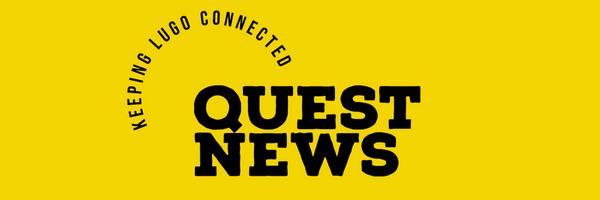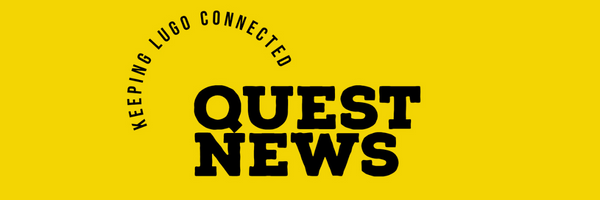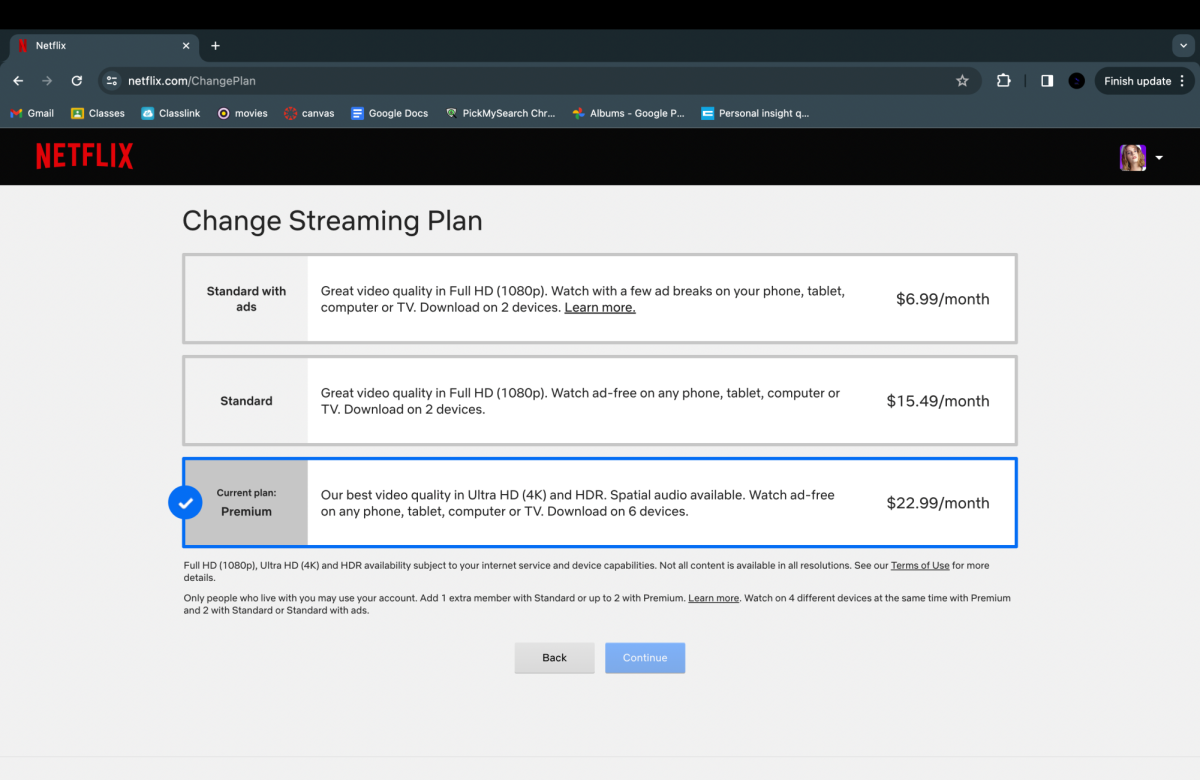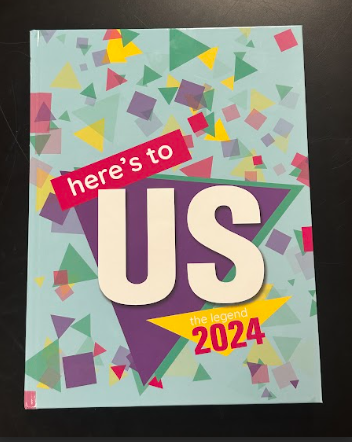Women in sports: It’s time for more recognition
A picture of the Don Lugo 2022 girl’s volleyball team after a game.
January 19, 2023
Each year, millions of athletes get ready for the start of their seasons, ranging from gender to gender, country to country and from age to age. Some do it for the fans, some do it for the money and some do it purely for the adrenaline rush and their love for the sport. Yet, when looking at how different genders are treated during their seasons, the discrepancies are clear.
Men have been able to participate in sports as long as we have been recording history. Yet, when it comes to women they were not allowed to play competitive sports until the late 1800s even then without full recognition or the same accommodations as men. The sexist issues women face within the real world are no exception in the athletic realm. These issues affect their media recognition, crowd count, payment and treatment, which is seen and felt for women dating back as early as high school sports.
According to dailyutahchronicle.com it was found that in college sports the average salary for a women’s assistant coach is about $100,000 less than their male counterparts in the same position. Additionally, women’s coaches and sports physicians are significantly rare within the field, so they feel as if they are constantly under scrutiny, being questioned or underestimated by their male coworkers despite having as much experience or capability. In a research study conducted by Dr. Jessica L. Siegele, Dr. Allison B. Smith and Dr. Robin Hardin and reported by athleticdirectoru.com it was found that “sexism is not uncommon; research has found that many times women in coaching are questioned on their status or must hold high credentials (e.g., former All-American or Olympian) in order to be respected in their environment.” These participants felt disrespected by their male athletes and were constantly mistaken for participants in lower recognized roles, sometimes being mistaken as assistant coaches or physicians aside their male coworkers of actual lower positions.
Coaches such as Sydney Carter of the Texas A&M University women’s basketball team have been attacked and scrutinized over their choice of clothing to coach in during their games despite there being nothing inappropriate about the outfit. Don Antonio Lugo High School volleyball player Morgan Graves quotes, “Due to our uniform, it is common for volleyball players to be perceived in a nonprofessional way. They can ask inappropriate questions about our uniform or my teammates although that is not what we play for.” She also states that body standards can be a problem within sports as the perceptions of how female athletes are supposed to look is skewed. This battle between women and what they wear isn’t uncommon either as according to wbur.org “Female athletes are forced to choose in some cases between wearing what they’re told or risk penalties or disqualifications.” These differences within the sports world create a lack of female role models and coaches, additionally leaving young women and girls with nobody to turn to or look up to when it comes to their sports or feeling discouraged about the opportunities that might be offered to them if they do choose to compete.
The perception of less enthusiasm and support for women’s sports can be found within the professional and high school level. In person or on social media it is not uncommon for people to say things like “Well nobody wants to come!” or “It is not as interesting as men’s sports!” These statements have been proven untrue by statistics. Although 84% of general sports fans have an interest in women’s sports, only 4% of the total commercial investment goes to women according to a 2018 Nielsen report. In the professional realm it was found that the 2015 Women’s World Cup Final was the MOST WATCHED soccer match ever — for men and women combined — with about 25.4 million viewers. This wasn’t a fluke as it was found that the 2019 women’s final once again had a 22% higher viewing rate than the 2018 men’s final.
These thoughts and stereotypes however seem to come from a more indirect source: announcers and newscasters during women’s sports events. A 25 year study published in Gender & Society, a SAGE Publishing Journal concluded that hidden sexism can be found when covering women’s sports events. Author Michela Musto at the University of Southern California explains “Sports news shows now disguise sexism in their ‘matter-of-fact’ reactions to women athletes’ performance, subtly sending viewers the message that women’s sports lack the excitement and interest of men’s sports.” Paired with less air time, interviews and footage the perception that women’s athletics are uninteresting by newscasters results in limited ratings and ticket sales creating an increasing number of disadvantages for women in an already male-dominated sports world making it harder for them to make their way.
The additional pressure of stereotypes for women in the athletic world can cause both emotional and physical damages. The attempt to escape these boxes can cause women to stay silent about the injuries or stress they’re dealing with. Simone Biles, a gymnast on the USA Olympic team withdrew from the 2021 summer Olympics to focus on her mental health due to a case of the twisties. Biles received support for her decision, however she was also met with loads of criticism despite the seriousness of the diagnosis. Described as a gymnasts worst nightmare twisties can cause you to get lost in the air, losing a sense of where you are and control of what you are doing. This phenomenon can cause a gymnast serious harm as getting lost in the air while attempting tricks such as flips can lead to serious injuries. Despite the danger, outcries of outrage at Biles’ decision came from important figures such as Texas’ Deputy Attorney General, Aaron Reitz who called Biles a selfish, childish national embarrassment while comparing her to another athlete who played upon an injured ankle.
This suck it up and “get over it” attitude has been applied to women for generations stemming from misogyny and the stereotype of women being seen as overly emotional. This causes female athletes to feel they must internalize their emotions and push through stressful situations in order to beat these stereotypes. When women prioritize themselves and their mental health they fear this will result in a backlash like in Biles’ case where the public deems them as overly emotional when it truly can be a situation of life or death. In her freshman year of college at George Washington University, Marin Christensen described her personal experiences as a college athlete dealing with the stresses of performing athletically as a woman. She details, “As a women’s rower, I feel pressure to push through stressful situations, like hard practices or injury-related stress – hiding them from my coaches and teammates in order to seem stronger. Because of this, there have been times that the pressure has gotten to me. I have found myself throwing up before races or not being able to sleep for weeks because of athletic-related anxieties as well as physical injuries.”
Nowhere in this article am I asking for a call, a statement, or stance to either boycott or support men’s sports less from you the reader. However, when asked if there should be more respect and more support for women’s sports there will be an overwhelming and automatic yes from me. In my experience as a cheerleader, we spend months perfecting our routines and risking bodily harm in order to perform stunts at games and for crowds, only for us to constantly get called not real athletes or put into unfair stereotypes such as dumb, mean or fake as that is the perception that the media and movies have shown.
Looking at an average female basketball game in high school or in the professional world, the amount of support these players feel can be severely underwhelming. The volleyball team, softball team and multiple other female sports within high schools have gone to CIF years in a row or won a multitude of awards. Yet, the amount of support, respect, and funding female athletes might receive doesn’t compare to the amount of hype or dedication male dominated sports might get within their season. Dance teams can put months of blood, sweat, and tears into their performances, win awards at competitions, and perform flawless halftime routines, yet they can be unkindly compared to other dance based programs such as cheer and may receive less recognition for what they do.
Women in sports can be called weak and nonathletic. Some might refuse to respect the hard work and dedication a female athlete might put into their sport and reject its legitimacy compared to popular male dominated sports such as football or basketball. Women’s sports deserve just as much time, recognition and respect as men’s sports and it is time for society to support this awareness. Men and women need to step up and make a difference to make sports accessible and respected for anyone and everyone no matter who they are or what they identify as.












Camila Salas • Jan 20, 2023 at 12:15 PM
Great Story! These are stories that need to be shared!